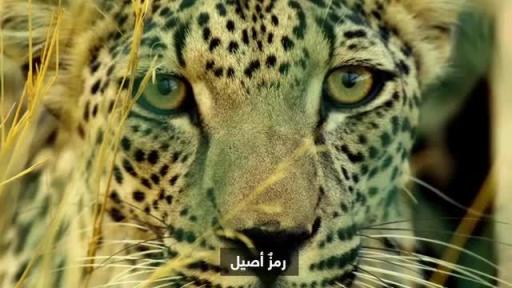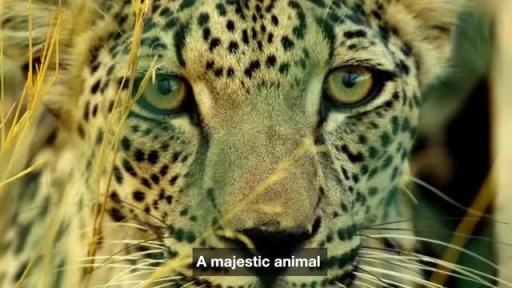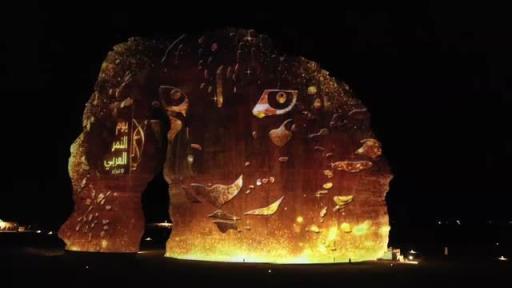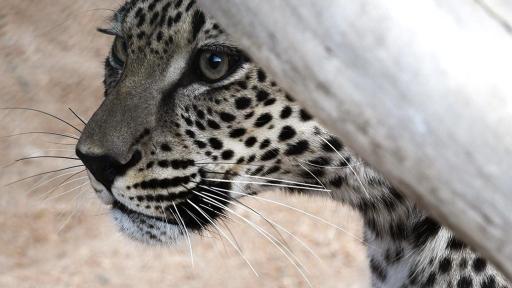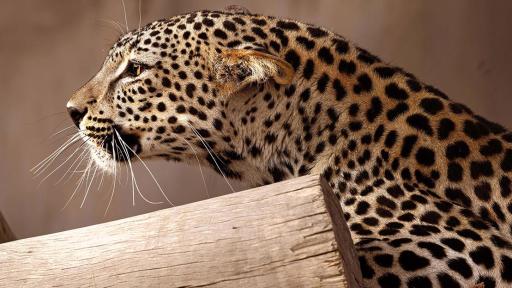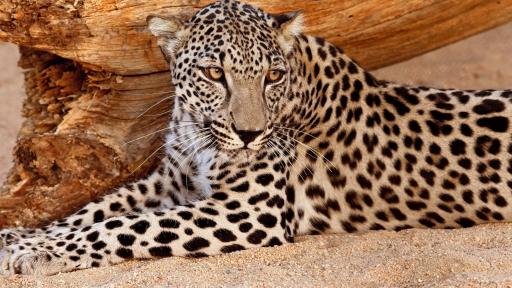Inaugural Arabian Leopard Day kicks off across the region and shines a spotlight on saving the species
- Being held on February 10, the first-ever Arabian Leopard Day focuses international attention on important and ongoing conservation efforts in AlUla and beyond
- MoU signed by His Highness Prince Badr bin Abdulla bin Mohammad bin Farhan Al-Saud, Governor of AlUla and Minister of Culture, and Her Royal Highness Princess Reema bint Bandar bin Sultan bin Abdulaziz Al-Saud, KSA Ambassador to the US and Founder of Catmosphere
- Plans for protection and conservation of iconic big cat species are fully aligned with Royal Commission for AlUla’s environmental and sustainability ambitions for north-west Arabia
AlUla, Saudi Arabia, 10 February 2022: Iconic buildings and historic landmarks in Saudi Arabia, Oman and the UAE will be proudly lit up this evening to mark the first-ever Arabian Leopard Day. Stunning illuminations, inspired by the majestic but Critically Endangered big cats, will be simultaneously projected on Riyadh’s King Faisal Foundation building, Jeddah’s King Road Tower, Adeer Tower in Al Khobar, Elephant Rock in AlUla, plus Burj Khalifa and KSA’s Expo 2020 pavilion in Dubai as well as a highly prominent electronic billboard on Sultan Qaboos University Road in Muscat, Oman.
Across the region Arabian Leopard Day is also being marked with classroom education initiatives as well as social media outreach throughout the day with the hashtag #ArabianLeopardDay. And in a public show of support, many government entities across Saudi Arabia will incorporate the official Arabian Leopard Day logo on their websites and social media today.
In an important step forward, the Royal Commission for AlUla (RCU) today signed a Memorandum of Understanding (MoU) with the Catmosphere foundation to strengthen regional efforts to protect the future of the Arabian Leopard. RCU and Catmosphere will work closely together on a series of sustainable and innovative events, campaigns, and outreach initiatives research with the shared goal of safeguarding the future of the Arabian Leopard, an animal of national pride in Saudi Arabia and around the region. The inaugural Arabian Leopard Day highlights the desperate plight of the species, which once freely roamed the Arabian Peninsula but is now restricted to small, scattered populations in Saudi Arabia, Oman and Yemen.
His Highness Prince Badr bin Abdulla bin Mohammad bin Farhan Al-Saud, Governor of AlUla and Minister of Culture, said: “The signing of the MoU supports RCU’s Arabian Leopard conservation programme, which is at the heart of extensive sustainable development plans for the wider AlUla region. This agreement also significantly strengthens existing partnerships with entities concerned with the conservation of natural fauna and flora, including the International Union for Conservation of Nature (IUCN).”
Her Royal Highness Princess Reema bint Bandar Al-Saud, Saudi Arabia’s Ambassador to the United States and founder of Catmosphere said: “The signing of this new MoU supports Catmosphere’s mission to secure a future for Big Cats, including the Arabian Leopard. It builds momentum around regional conservation efforts with a focus on supporting RCU as it strives to achieve its far-reaching ambitions to reintroduce the species to the wild.”
Amr AlMadani, CEO, Royal Commission for AlUla, said: “The Arabian Leopard is a powerful symbol of RCU’s aim to conserve and safeguard AlUla’s natural environment through far-reaching conservation efforts designed to protect the natural flora and fauna of this incredible part of north-west Arabia. It is a sad reality that the Arabian Leopard is Critically Endangered. Ongoing threats to its natural habitat highlight the pressing need to step up conservation efforts that are so vital to the species’ long-term survival. We really want people to mark Arabian Leopard Day and engage with activities to raise awareness of, and help to protect, these majestic big cats."
The Arabian Leopard is emblematic of Saudi Arabia and RCU’s extensive environmental sustainability ambitions. The species occupies a unique place in the collective consciousness and imagination of the region; images of the big cat have been found in ancient rock art, have inspired folk tales, and are even used in modern everyday expressions.
Numbering fewer than 200 in the wild, the Arabian Leopard is categorised as Critically Endangered by the IUCN and is considered to be at an extremely high risk of extinction in the wild.
Last year’s birth of a female cub at the Arabian Leopard Breeding Centre in Taif, Saudi Arabia, highlighted the great potential for reintroducing the species into the wilderness and mountains around AlUla and beyond. However, there remains a long and difficult road ahead with efforts ongoing to establish a protected habitat to restore the population.
RCU, which is regenerating a 22,561km2 area of north-west Saudi Arabia as a global destination for natural and cultural heritage, has committed USD 25 million to the Arabian Leopard Fund, an independent organisation created to implement conservation projects across the leopard’s home range. RCU has designated five nature reserves covering 12,500km2 and will be working with leading experts such as Panthera and IUCN to activate, conserve and safeguard these protected areas with a vision that leopards might someday roam free again.
Saudi Arabia’s Council of Ministers has designated Arabian Leopard Day to take place on 10 February each year.
About the Royal Commission for AlUla
The Royal Commission for AlUla (RCU) was established by royal decree in July 2017 to preserve and develop AlUla, a region of outstanding natural and cultural significance in north-west Saudi Arabia. RCU’s long-term plan outlines a responsible, sustainable, and sensitive approach to urban and economic development, that preserves the area’s natural and historic heritage, while establishing AlUla as a desirable location to live, work, and visit. This encompasses a broad range of initiatives across archaeology, tourism, culture, education, and the arts, reflecting a commitment to meeting the economic diversification, local community empowerment, and heritage preservation priorities of the Kingdom of Saudi Arabia’s Vision 2030 programme.













